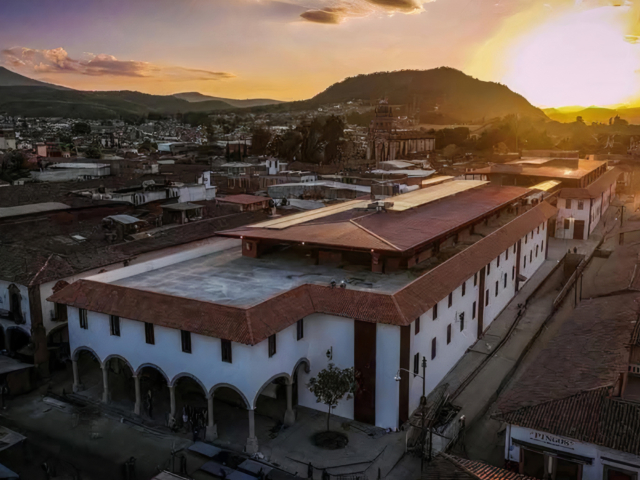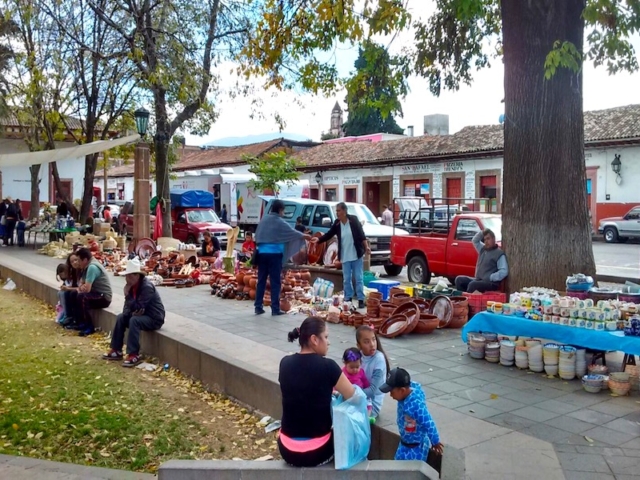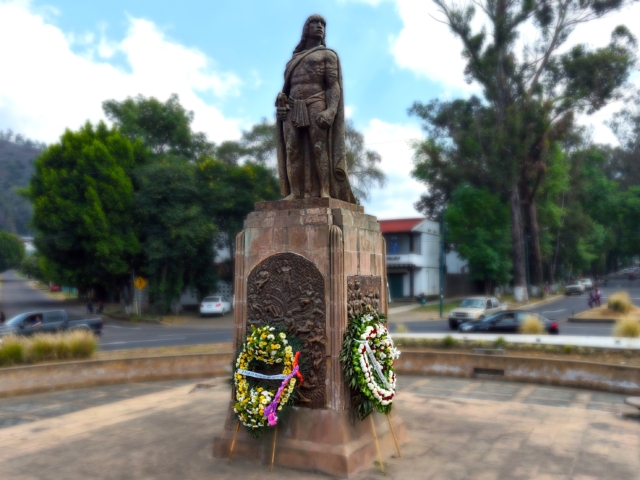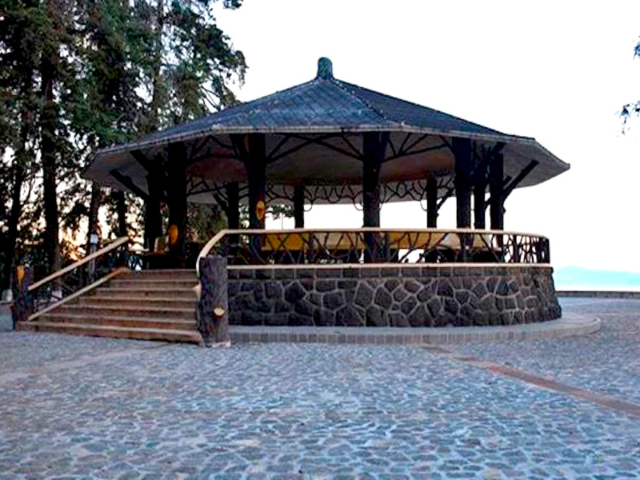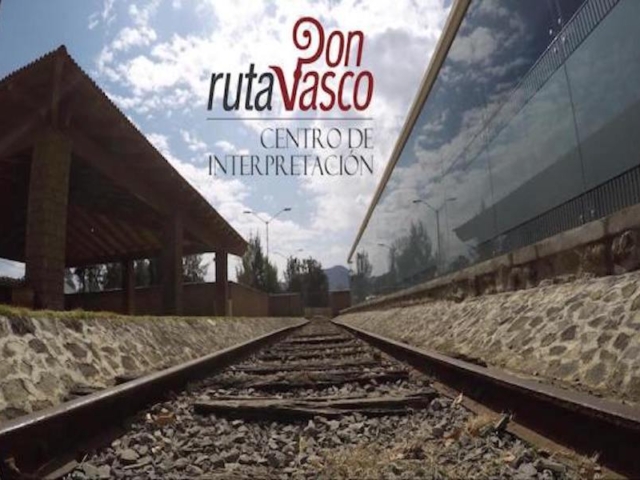Ubicación: Pátzcuaro
In pre-Hispanic times, as a religious capital, it was the most important ceremonial center of the Purhépecha.
Upon his arrival, Don Vasco de Quiroga, moved the Bishopric of Tzintzuntzan to Pátzcuaro, making it the capital of Michoacán (1539 – 1580).
It is one of the most beautiful typical towns in America, its magnificent adobe and tile constructions and its monumental temples, and its spectacular Plaza Vasco de Quiroga make it one of the main tourist centers of the Mexican Republic.
The surroundings of Lake Pátzcuaro and its Islands are inhabited by the indigenous community that preserves a large part of its customs and traditions.
Its fishermen are known worldwide for the butterfly-shaped nets they use to catch the delicious white fish that is now in danger of extinction.
Los días de mercado más importantes son los martes, jueves, viernes y domingos. El jueves es de mayoreo y gran parte de los negociantes acuden a vender sus productos desde la región conocida como “Tierra Caliente” y del centro de la República. El viernes es el día más importante y…
Ver másMerece mención aparte el día que se realiza este mercado en la plazuela de San Francisco. Cada viernes se dan cita en este lugar los habitantes de varios poblados de la región y del estado para vender flores, plantas, canastos y coloridos utensilios de cerámica, que se pueden adquirir a…
Ver másThe history of the Tangaxoan II Monument in Pátzcuaro, Michoacán, is a vibrant testament to the cultural resilience and historical memory of the Purépecha people. This monument not only honors a brave leader, but also strengthens the pride and identity of an entire community. Historical context of the monument…
Ver másThis is the name given to the viewing point that is located on part of what is now an extinct volcano, although its original name is "Mirador Tariácuri". It was built in 1936, during the government of Lázaro Cárdenas del Río, designed by Mr. Luis Ortiz Lazcano, whose pillars simulate branches of…
Ver másThis is the name given to this viewpoint, located at a lower altitude than the "Estribo Grande" and on the "colorado" hill, towards the other end of the city, it offers a beautiful view of the lake, but from a different angle. It can also be reached by cobblestone road from the "Lázaro Cárdenas" avenue, right...
Ver másThe Don Vasco Route The missionary Vasco de Quiroga, known in our region as "tata (papa) Vasco" is the axis of a very beautiful and illustrious tourist route. On this tour you will travel through the land that Don Vasco de Quiroga loved so much, it is possible to understand the magnitude of...
Ver más
